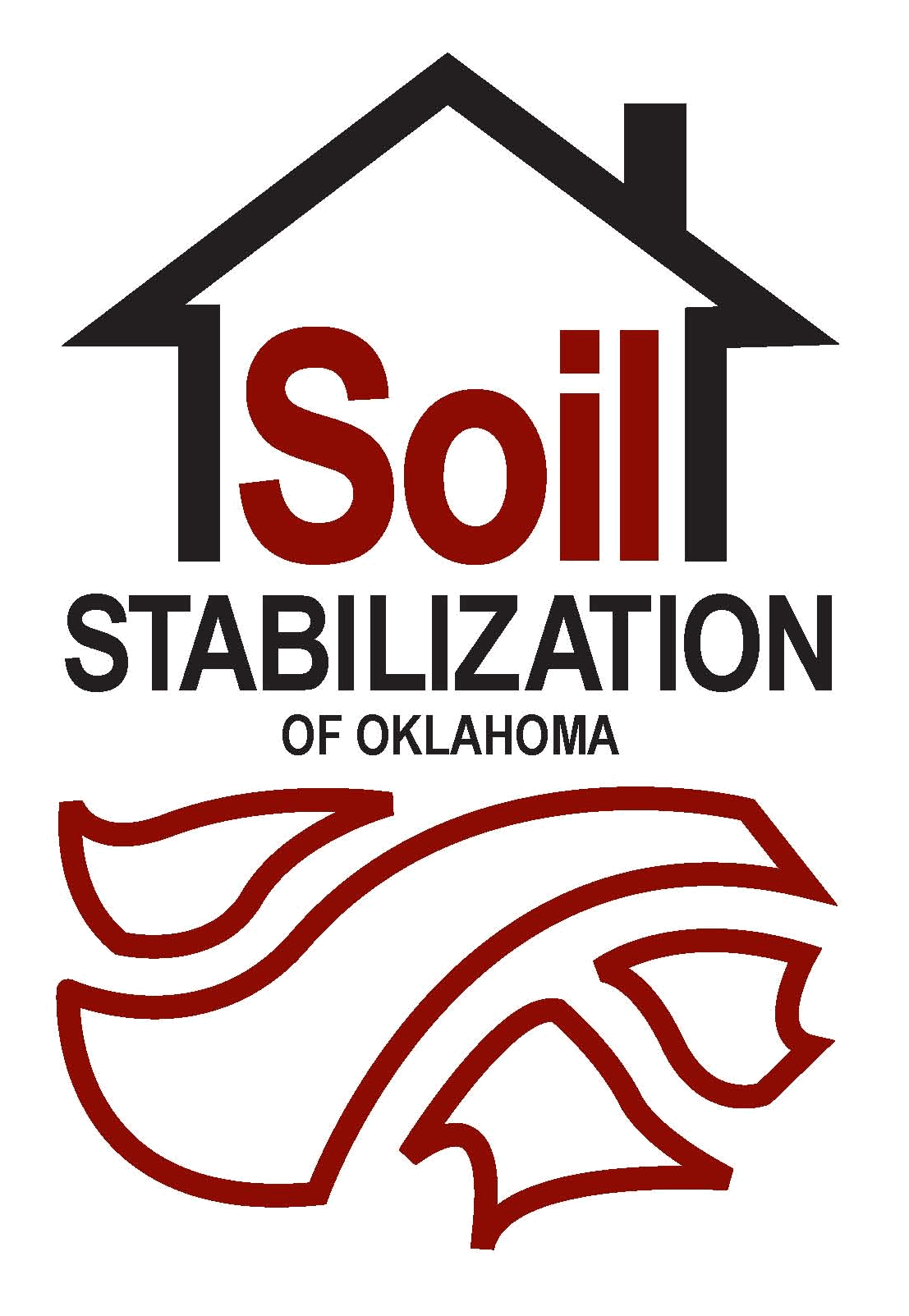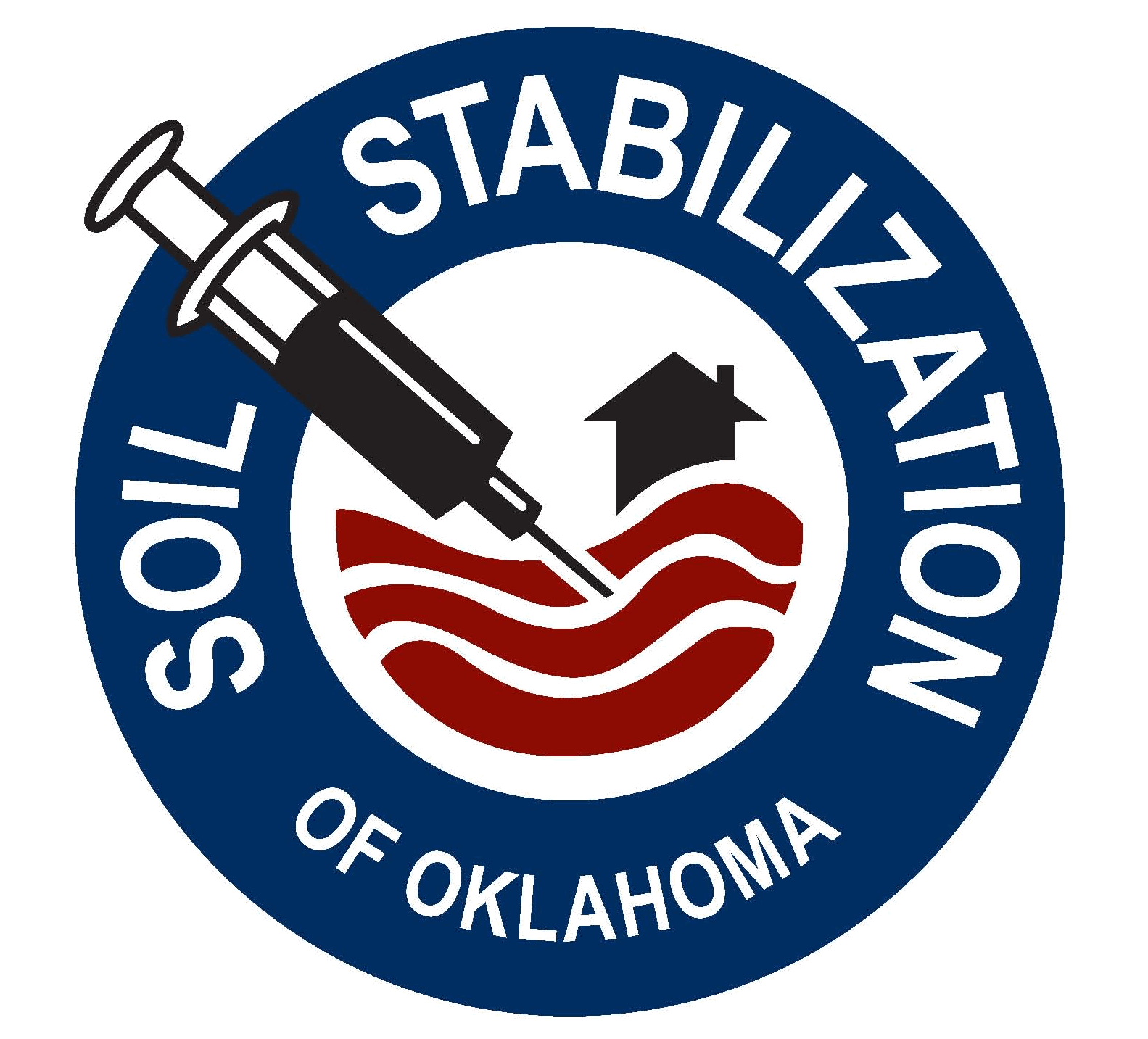 ™
Soil Stabilization of Oklahoma, Inc.
™
Soil Stabilization of Oklahoma, Inc.
 ™
™
Your source for Green solutions for
foundation and roadbed stabilization, clay soil improvement for plant growth,
plant propagation, and land reclamation from toxic wastes
Builders
Every commercial builder knows that expansive soils beneath a building
foundation or floor slab must be addressed. Normally this is accounted for by
removal of expansive soil and replacement with a non-expansive fill. This is a
proven method for solving the problem but it can be expensive, especially if
done properly. Of course, another costly solution would be
drilled piers with void forms to
accommodate the expected expansion of the remaining clay.
We have noticed that large numbers of homebuilders in Oklahoma do not provide
a foundation system adequate for the home. This was pointed out in a short
newsletter published
by the Oklahoma Professional Engineering Society. Foundations have been found to
be inadequate in a number of areas such as non-expansive fill placement, weak
pier and grade beam systems, shallow piers, etc. Many builders seem to think
that merely installing non-expansive fill such as sand, gravel, or sandy loam
below the slab and to the depth of the grade beam will provide the stability
they need. Since most foundations in Oklahoma have grade beams that are only
18-24" below grade to prevent frost heave, means that most, if not all, grade
beams are too shallow to avoid seasonal wet to dry fluctuations in soil
moisture. While unstable moisture has no impact on non-expansive fills,
expansive clay soils in Oklahoma can only be guaranteed to swell or shrink
during our wide swings in seasonal moisture. For a grade beam system to remain
stable in Oklahoma, it would either have to be 15 feet deep or be supported on
piers that penetrate to the same depth. Most homes and many light commercial
structures do not use such deep grade beams or foundations. Think about how much
the cost of a home or light commercial structure would rise if all of the native
soil down to a depth of 15 feet was required or if commercial construction
practices had to be incorporated into the design of the foundation!
Another solution commonly applied is through the use of post-tensioned slabs.
While this method is an approved reinforcement method it has to be designed and
installed in accordance with the Post Tensioned Institute (PTI). None of the
residential installations that we have obverved over the years comply with this
standard. If they did meet the PTI standards the builder would find that other
than saving a bit of steel rebar there would be no benefits to post tension
designs. They would still need to install intermediate grade beams to make the
slab rigid enough to withstand the bending forces due to the clay movement.
Bottom Line: Post tensioning is just another method to reinforce concrete !!
This where Condor SS can solve several problems for the builder. Condor SS
can easily be injected into the soil to a depth of 10+ feet and stabilize all of
the clay within the injection zone. This give you a non-expansive platform to
build upon that will remain not only as stable but possibly more stable than imported
fill. The injection can be made for both single building and
multiple
building sites.
Condor SS can actually increase the seasonal strength of the clay soil. It does this
by stabilizing the possible moisture content in the clay soil. Instead of the
compressive strength of clay diminishing during wet conditions, it can retain
useful strength.
Tell Me More?
Call us today and find out how to save money on your construction project
Contact Information